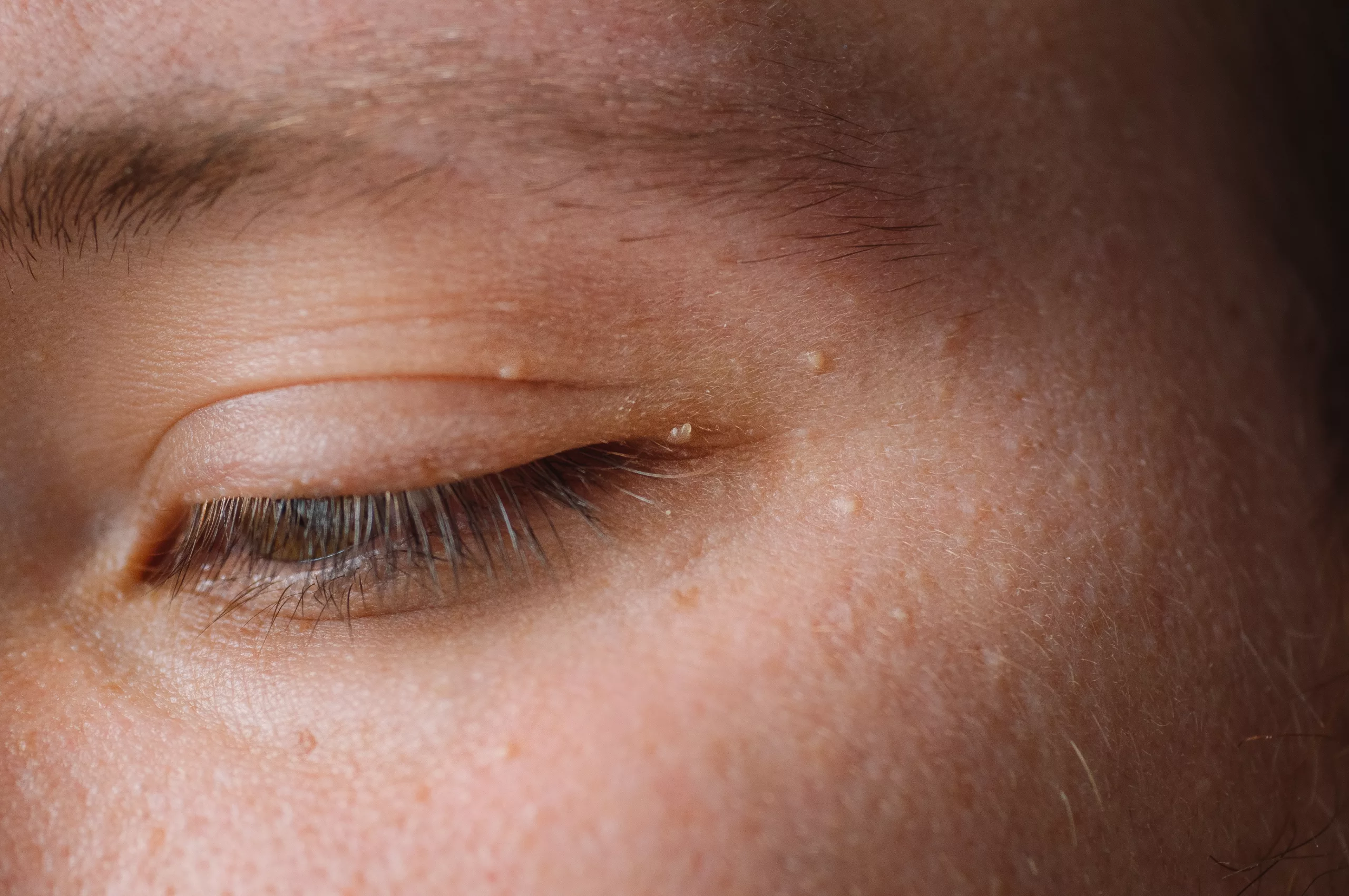Exploring Lacrimal Gland Cysts
Introduction
Lacrimal gland cysts, though relatively uncommon, can significantly impact eye health and comfort. These cysts form within or near the lacrimal gland, which plays a crucial role in tear production and eye lubrication. Understanding the intricacies of lacrimal gland cysts—ranging from their potential causes to treatment options—is essential for both patients and healthcare providers.
Understanding Lacrimal Gland Cysts
A lacrimal gland cyst, also known as a lacrimal duct cyst or lacrimal sac cyst, is a fluid-filled sac that develops in or around the lacrimal gland. Situated above the outer corner of each eye, the lacrimal gland produces tears that help keep the eyes moist and protected from irritants.
Causes of Lacrimal Gland Cysts
The precise causes of lacrimal gland cysts vary, often involving:
- Obstruction or Blockage: Blockages in the tear ducts or glandular ducts can lead to the accumulation of fluid, contributing to cyst formation.
- Infections and Inflammations: Inflammatory conditions affecting the lacrimal gland or surrounding structures can promote cyst development.
- Congenital Factors: Some individuals may have cysts present from birth due to developmental abnormalities in the lacrimal gland.
- Trauma: Physical trauma to the eye area or the lacrimal gland region can sometimes trigger cyst formation.
Symptoms of Lacrimal Gland Cysts
The symptoms associated with lacrimal gland cysts can vary widely, depending on the size and location of the cyst. Common signs and symptoms include:
- Visible Swelling: A noticeable lump or swelling near the outer corner of the affected eye, where the lacrimal gland is situated.
- Excessive Tearing (Epiphora): The cyst’s presence can obstruct normal tear drainage, leading to watery eyes.
- Discomfort or Pain: Some individuals may experience mild to moderate discomfort or pain, especially if the cyst becomes enlarged or infected.
- Blurry Vision: In rare cases, larger cysts may exert pressure on nearby structures, causing temporary vision disturbances.
Diagnosis of Lacrimal Gland Cysts
Diagnosing lacrimal gland cysts typically involves a thorough examination by an ophthalmologist or eye specialist. Diagnostic methods may include:
- Physical Examination: The doctor will examine the affected eye, palpating the area around the lacrimal gland to assess for swelling or tenderness.
- Imaging Techniques: Ultrasound or MRI scans may be used to visualize the cyst, determining its size, location, and impact on surrounding structures.
- Tear Duct Function Tests: Assessing how well tears drain from the eye helps evaluate the cyst’s effect on tear flow.
Treatment Options for Lacrimal Gland Cysts
Treatment strategies for lacrimal gland cysts depend on several factors, including the cyst’s size, location, and impact on eye health. Common treatment options include:
- Observation: Small, asymptomatic cysts may be monitored over time without immediate intervention, especially if they do not affect vision or cause discomfort.
- Conservative Management: Non-invasive approaches such as warm compresses and gentle massage of the affected area may help reduce swelling and encourage drainage.
- Surgical Removal (Excision): Larger or symptomatic cysts often require surgical removal under local anesthesia. During this procedure, a small incision is made to access and remove the cyst, typically resulting in complete resolution.
- Medication: In cases where the cyst is associated with infection or inflammation, antibiotics or anti-inflammatory medications may be prescribed to alleviate symptoms and promote healing.
Prognosis and Outlook
The prognosis for lacrimal gland cysts is generally favorable with appropriate diagnosis and treatment. Most cysts respond well to surgical removal or conservative measures, with a low risk of recurrence when managed effectively.
Conclusion
In conclusion, lacrimal gland cysts are uncommon but can significantly impact eye health and comfort due to their location near the tear-producing lacrimal gland. Understanding the potential causes, recognizing symptoms, and seeking timely medical evaluation are crucial for effective management. Whether through observation, conservative treatments, or surgical intervention, addressing lacrimal gland cysts promptly can help alleviate symptoms and ensure optimal eye health outcomes. If you suspect you may have a lacrimal gland cyst or are experiencing symptoms related to your eye health, consulting with an eye care specialist is recommended for personalized evaluation and management.
World Eye Care Foundation’s eyecare.live brings you the latest information from various industry sources and experts in eye health and vision care. Please consult with your eye care provider for more general information and specific eye conditions. We do not provide any medical advice, suggestions or recommendations in any health conditions.
Commonly Asked Questions
There are no specific prevention methods, but prompt treatment of eye injuries and early management of eye infections may help reduce the risk.
Recurrence is uncommon with proper surgical removal or effective management of underlying causes.
It’s advisable to consult an eye specialist for a thorough evaluation to determine the cause and appropriate treatment.
They are relatively rare in children but can occur due to congenital factors or developmental abnormalities.
Small, asymptomatic cysts may resolve without intervention, but larger or symptomatic ones often require treatment.
Treatment options include observation, warm compresses, surgical removal, and sometimes medications.
Diagnosis involves a physical exam, imaging tests like ultrasound, and assessing tear duct function.
They can cause discomfort or pain, especially if they become infected or enlarged.
Larger cysts may exert pressure on nearby structures, occasionally leading to temporary vision blurring.
Risk factors include age, previous eye trauma, and certain medical conditions affecting tear duct function.
news via inbox
Subscribe here to get latest updates !







